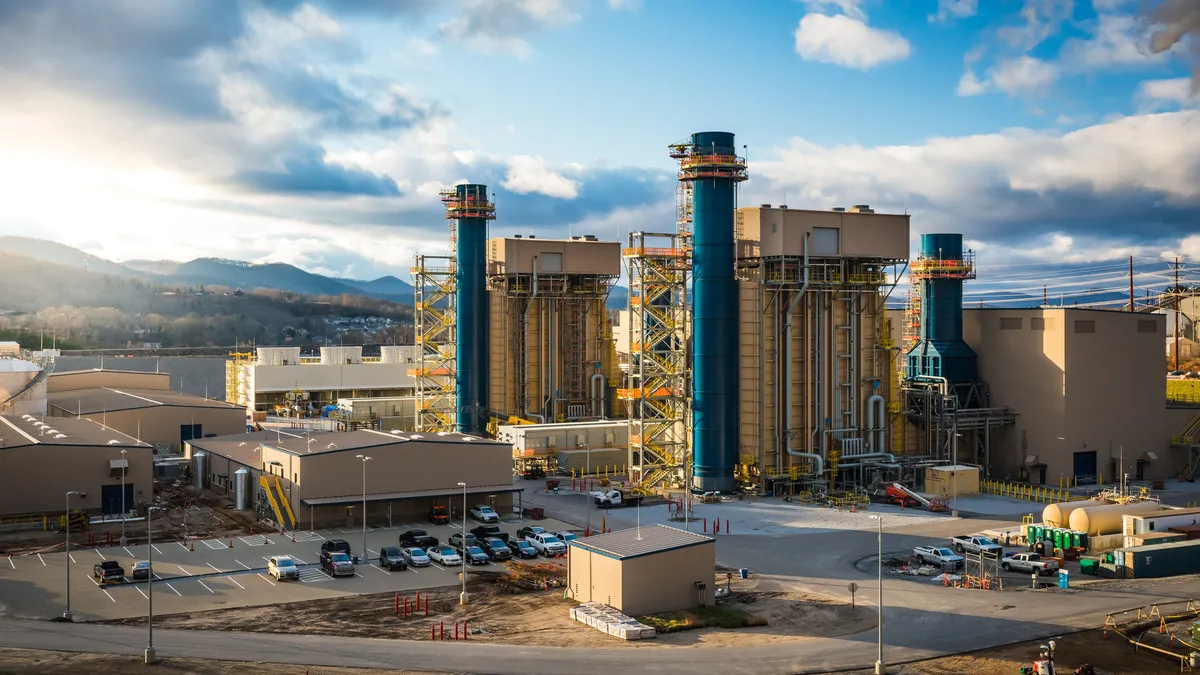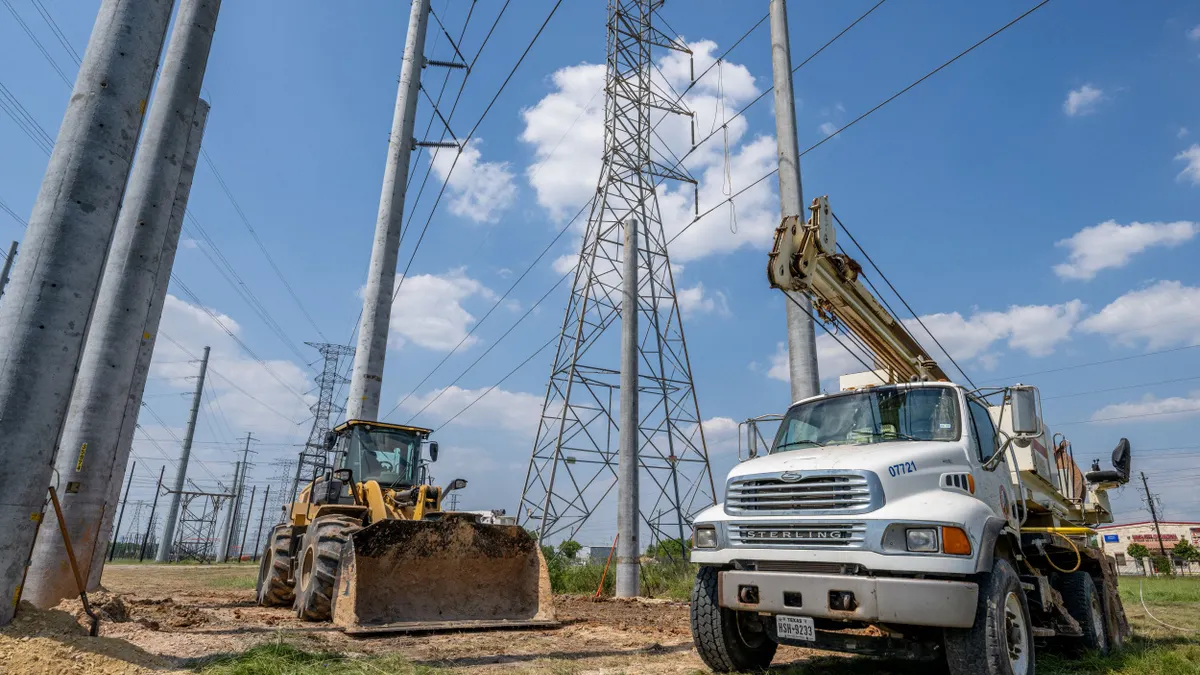Accelerating growth forecasts for electric vehicles have energy analysts urging utilities to start planning for their impacts on the grid today.
By 2021, Bloomberg New Energy Finance (BNEF) forecasts U.S. electric vehicle (EV) sales could reach 800,000 annually. By 2025, the Edison Electric Institute, a utility trade group, estimates there could be 7 million zero-emission vehicles on U.S. roads.
“EV sales in the U.S. have been growing at a compound annual growth rate of 32% for the past four years,” said Chris Nelder, electricity practice manager at the Rocky Mountain Institute (RMI). “2017 monthly sales data suggest that rate is accelerating. Under some reasonable assumptions, there could be 2.9 million EVs on the road in the U.S. within five years.”
That many EVs could add “over 11,000 GWh of new load to the U.S. power grid,” said Nelder, co-author of RMI’s new report, “From Gas To Grid: Building Charging Infrastructure To Power Electric Vehicle Demand.”
EVs are only 1% of total vehicles sales today, “but 11,000 GWh of load is about $1.5 billion in annual electricity sales that utilities may need to accommodate within their current planning horizons,” Nelder said. “Are utilities and system operators ready for that?”
Failing to prepare for EV growth with grid upgrades and rate design reforms could leave utilities “flat footed” when this new load materializes, Nelder said. But if utilities reform their rate designs and infrastructure planning to account for EV growth, they could spur more deployment than than the most optimistic of forecasts and deliver savings even to customers who don't own the cars themselves.
Ratepayer benefits of EVs
The pressure to prepare for EV growth is felt by many in the power sector, said Bill Boyce, electric transformation supervisor for the Sacramento Municipal Utility District (SMUD).
The BNEF forecast shifted the attitude of the utility industry and marketplace “from ‘if’ to ‘how soon’” EVs would come to dominate, he said.
Using the BNEF numbers, the RMI paper reports U.S. EV sales will be 500,000 in 2020, just over 1,000,000 in 2022, and 2,000,000 in 2025. Growth will accelerate because “an EV is a good investment,” Nelder said.
Utility rate design will be crucial to that investment decision, said Jim Lazar, senior advisor at the Regulatory Assistance Project. Once vehicle-to-grid charging technology becomes widespread, the opportunity for EV rate arbitrage will be “virtually unlimited,” he said.
With the proper time-varying rates, an “essentially unlimited” number of EVs could be charged with low-priced power from midday solar generation or nighttime wind and discharge at a profit to EV owners during peak demand periods, he said. “And a lot of utilities are moving toward that.”
But having more EVs on the system could have benefits even for utility customers who do not own them, Lazar said. Higher utility payments from EV owners could help cover a greater proportion of grid costs, lowering bills for everyone else.
That “ratepayer benefit,” Lazar said “depends on getting people to charge when demand on the grid is low.” That, in turn, depends on time-varying rates, or TVR.
“Without TVR, much of the benefit is limited to EV drivers,” Lazar said. “With TVR, non-EV-driving ratepayers also benefit.”
If utilities continue to move toward TVR, assumptions about EV growth are likely to be correct, Lazar said, “and we will need charging infrastructure.”
“That leads to a discussion about rates and infrastructure ownership,” he said.
Barriers to deployment
The single biggest threat to realizing the benefits of the forecasted EV adoption is inadequate charging infrastructure, Nelder said.
The vast majority of EV charging — up to 85% — is now done at home with level one (L1) 120-volt outlets. That takes 10 hours or more. The bulk of the charging will likely evenutally be done at homes, workplaces, and commercial and public venues through level 2 (L2) 240-volt chargers that can provide 80 miles of range in 2 hours to 5 hours.
A small proportion of EV charging will be done through DC fast chargers (DCFC), which draw 240 volts and can provide 80 miles of range in 3 minutes to 24 minutes.
DCFCs are expensive and costs will likely keep them from wide deployment, Lazar said, but “a limited number is necessary for long distance drives.”
Getting those chargers deployed is likely to be a challenge. Because DCFCs can use 50 kW to 400 kW, they can cause a sharp spike in an otherwise low utilization profile. That drives up the demand charge for DCFC owners, so much that the use of DCFCs is typically uneconomic today.
To get around that, RMI proposes de facto subsidies in utility rate design to spur DCFC deployment, “such as scaling up demand charges over time, shifting some cost recovery to volumetric charges initially, and using dynamic adders to recover the cost of providing service during system peaks.”
Such techniques can “accommodate the novel loads of public DCFC” until the EV market matures. Performance-based incentives for utilities and/or tax credits to the private sector might “improve the business case for owning and operating charging stations,” RMI adds.
Lazar agreed that some form of support for DCFCs will be needed. But L2 chargers, which will not require subsidies, will be “the backbone of the charging system,” he said. That will allow utilities to use TVR and currently available communications technology to control charging to obtain system and ratepayer benefits.
Utilities and their regulators would do well to act quickly on charging infrastructure, RMI argues Recent sales projections from BNEF and Union Bank of Switzerland should make it difficult “to argue for further delay in making infrastructure investments.”
States that don’t begin building charger infrastructure now may face what happened to those that didn’t prepare for air conditioning, Nelder said.
The resulting high unplanned infrastructure and peak generation costs and higher electricity prices “could happen again now, only at a much larger scale and a much higher cost,” RMI argues. “It is absolutely critical to get the programs and infrastructure for vehicle electrification right from the start, with appropriate tariffs, well-planned charging infrastructure, and the ability to manage chargers.”
Should utilities lead?
The single most prominent debate about charging infrastructure deployment is whether utilities should own and operate it or whether it should be left to private sector providers, Nelder said.
“It is a fraught and complicated debate,” Nelder said. Each state’s regulators and stakeholders should consider the different ownership models and whether their policies will produce the outcomes they want.”
The paper reports that data is inadequate “to unequivocally say one ownership model is better than another.” Jurisdictions may need to use pilots and demonstrations to test multiple ownership options,” RMI adds. Policymakers and regulators can collaborate with stakeholders, including utilities and charger providers, before making final decisions “but they should not delay,” it insists.
Most jurisdictions have agreed utilities should be permitted to build and own the make-ready, which is the infrastructure that delivers electricity to where a charging station can be installed. Regulators in a number of states have allowed cost recovery for make-ready expenditures and expenditures to interconnect the make-readies.
Allowing utilities to use their access to low-cost capital to install, own, and recover costs for charging stations could be the fastest way to build the network and drive the market, RMI reports. But regulators are charged with protecting the private sector from monopoly utilities’ undue leverage.
“Regulators who do allow utility ownership of charging stations should take care to preserve some opportunity for private sector companies,” RMI argues.
The paper examines in detail the way California, Colorado, Hawaii, Ohio, and Texas are managing their charger deployment, but comes to no conclusions on the superiority of any state’s approach.
Karl Popham, electric vehicles and emerging technologies manager at Austin Energy, said his utility has tried both utility-controlled and rate-driven, market-based programs.
“It is less complicated to operate the rate design-based program, though more complicated to design and implement it,” he said. “Managed charging through direct utility control is feasible but we want to at least have the framework for a new rate design set up for when EV adoption becomes more significant.”
SMUD’s Boyce is working with private sector providers on identifying system locations where deployment will serve both the utility and EV drivers. SMUD is especially focused on strategically locating “charging plazas” where grouped L2 chargers may impose 2.5 MW to 3 MW loads.
The utility also has an innovative approach to demand charges. In addition to a special DCFC rate for stations with below 15% utilization, SMUD offers an incentive to battery storage providers to build at DCFC sites, Boyce said.
Power could be stored when demand and price are low, like during the Duck Curve’s midday belly. It then would be available to charge EVs, instead of using grid electricity, when the station’s usage peaks. That would flatten the station’s demand spike and its demand charge.
“The utility could use the stored electricity the rest of the day,” Boyce said. “It is one utility investment that enables three business models.”
The "other future" of AVs
RMI acknowledges that, on the heels of an EV transformation, a transition to shared autonomous electric vehicles is coming. Lazar is confident that “other future” will be a reality by the mid-2020s. But that is not a barrier to the EV transition now underway, Nelder said.
“We are at one place now, we will be at a different place as EV adoption grows, and we will be at a third place when the robo-taxi future arrives,” he said. “It is important to build charging infrastructure now. But planners must remember that what is built now can either be important in that future or stranded assets.”
This paper is a way “to think about 10 years in the future,” Nelder said. “We need to understand how and where to build charging infrastructure, and then start building it to meet the coming demand.”






















